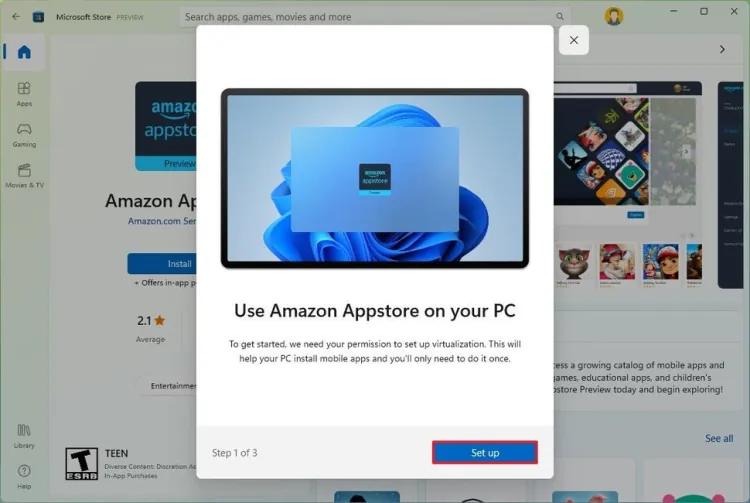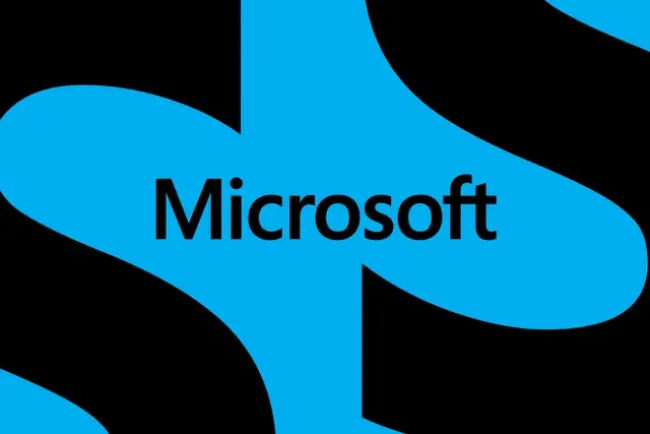Inside Look: The Fall of Windows Subsystem for Android
Discover why the Windows Subsystem for Android was discontinued, including financial struggles and lack of Google Play services.

Introduction
In a surprising turn of events, Microsoft announced the discontinuation of the Windows Subsystem for Android (WSA), signaling the end of an era for Android apps on Windows platforms. Despite its initial success in bridging the gap between Android and Windows, the subsystem faced significant challenges that ultimately led to its shutdown. Andrew Clinick, a Microsoft veteran of nearly three decades, sheds light on the reasons behind this decision, including the critical financial implications and the absence of Google Play services support.
Outline for Easy Navigation
The End of WSA: A Brief Overview
Microsoft's decision to end support for WSA by March 2025 marks a pivotal moment for the tech giant. The ease of installing Android apps on PCs, a feature once celebrated, came with its set of limitations, notably the lack of Google Play services. This move not only signifies the end of WSA but also highlights the complexities and challenges of maintaining such a subsystem.
Insights from a Microsoft Veteran: Andrew Clinick's Perspective
Andrew Clinick, with his extensive experience at Microsoft, including his role as Partner Group Program Manager of WSA, provides a unique insight into the subsystem's struggles. Despite achieving significant growth in user base and bringing thousands of Android apps to Windows, WSA's financial viability remained a concern. Clinick's observations underline the critical role of store revenue in sustaining development teams and projects.
The Impact of Google Play Services and Financial Viability
One of the major hurdles for WSA was the absence of Google Play services, a factor that severely limited the platform's appeal and functionality. Clinick's comments on the financial non-viability of WSA without a supporting store highlight the underlying economic challenges in maintaining such a platform. The partnership with Amazon and the attempt to establish a store experience did not suffice to overcome these obstacles.
The Developer Ecosystem and the Future of Android Apps on Windows
The discontinuation of WSA raises questions about the future of Android apps on Windows and the implications for developers and users alike. The difficulty in attracting apps to a new store and the reliance on Google Play services are challenges that underscore the complexity of integrating two vastly different ecosystems.
Conclusion and Future Outlook
The end of the Windows Subsystem for Android marks a significant moment in the tech industry, reflecting the difficulties of cross-platform integration and financial sustainability. As Microsoft moves forward, the lessons learned from WSA's journey will undoubtedly influence future projects and initiatives.
FAQs
Q: Why was the Windows Subsystem for Android discontinued?
A: The subsystem was discontinued due to financial challenges and the lack of Google Play services support, making it non-viable.
Q: Will there be any alternative to WSA for running Android apps on Windows?
A: Microsoft has not announced any direct alternatives to WSA following its discontinuation.
Q: Can I still download the Amazon Appstore on my Windows device?
A: No, Amazon has already stopped downloads of the Amazon Appstore through the Microsoft Store.
Q: What does the end of WSA mean for developers?
A: Developers may need to explore alternative platforms or solutions for bringing Android apps to Windows users.
For more insights and detailed analysis, visit Kiksee Magazine for comprehensive tech news and updates.
What's Your Reaction?






















